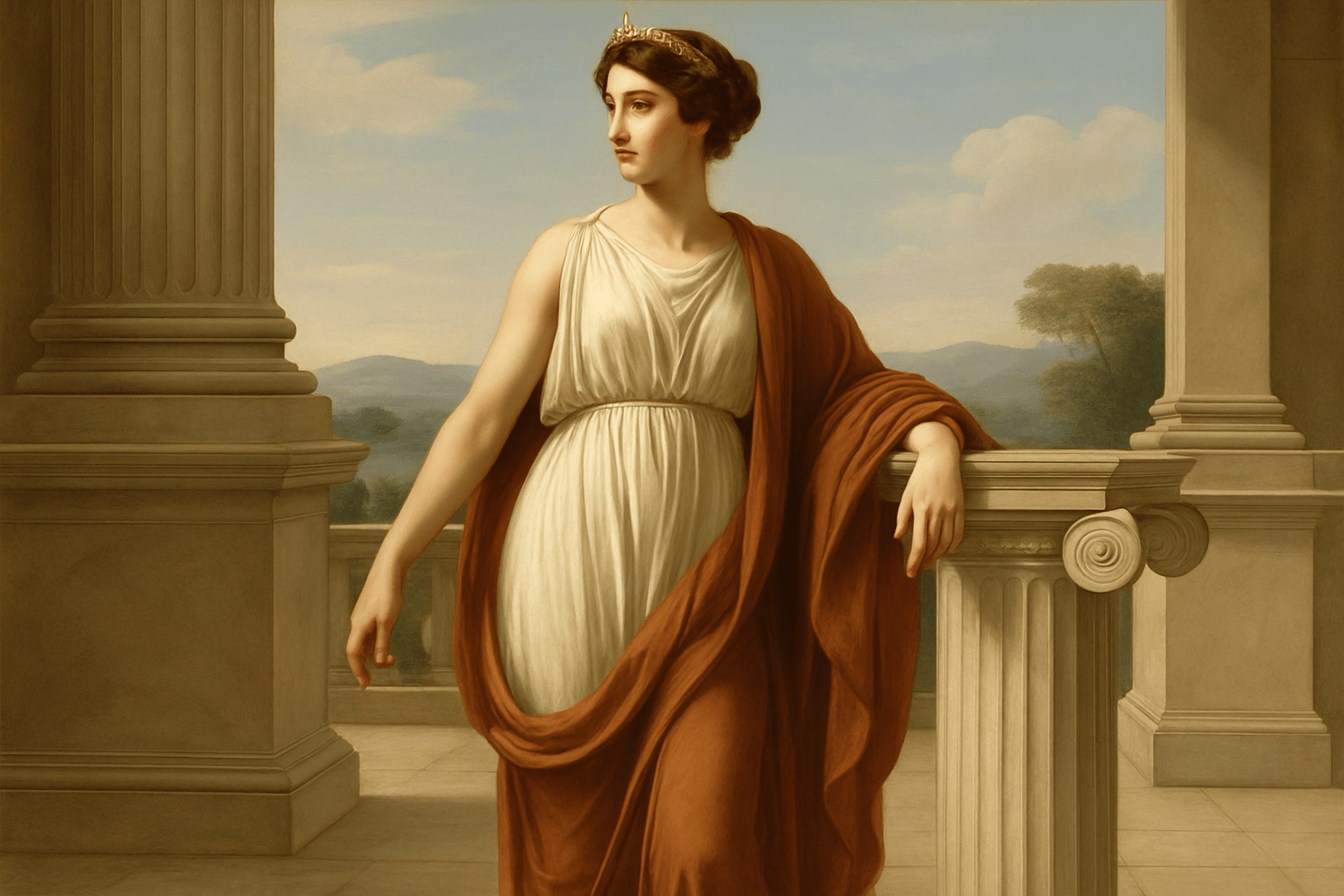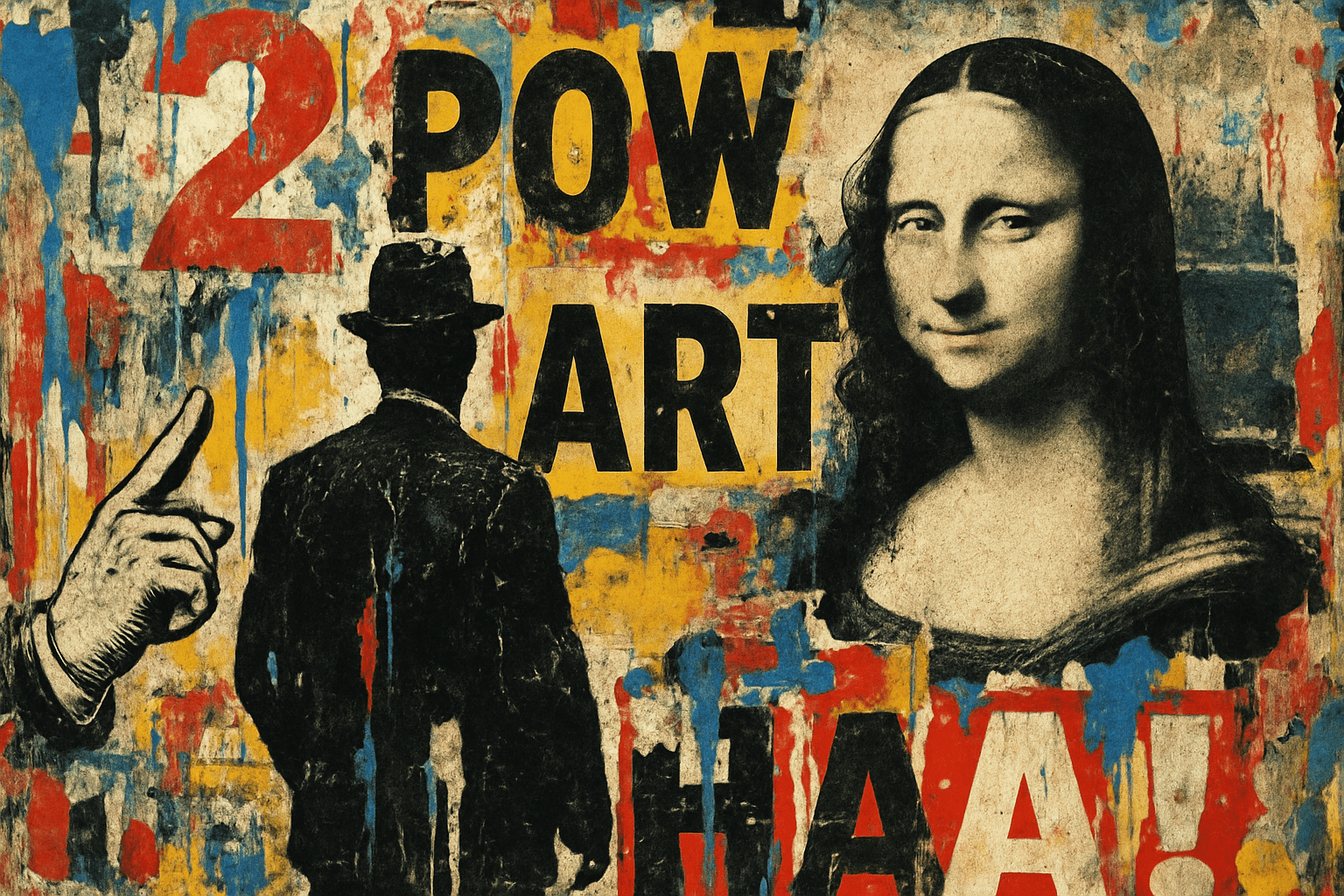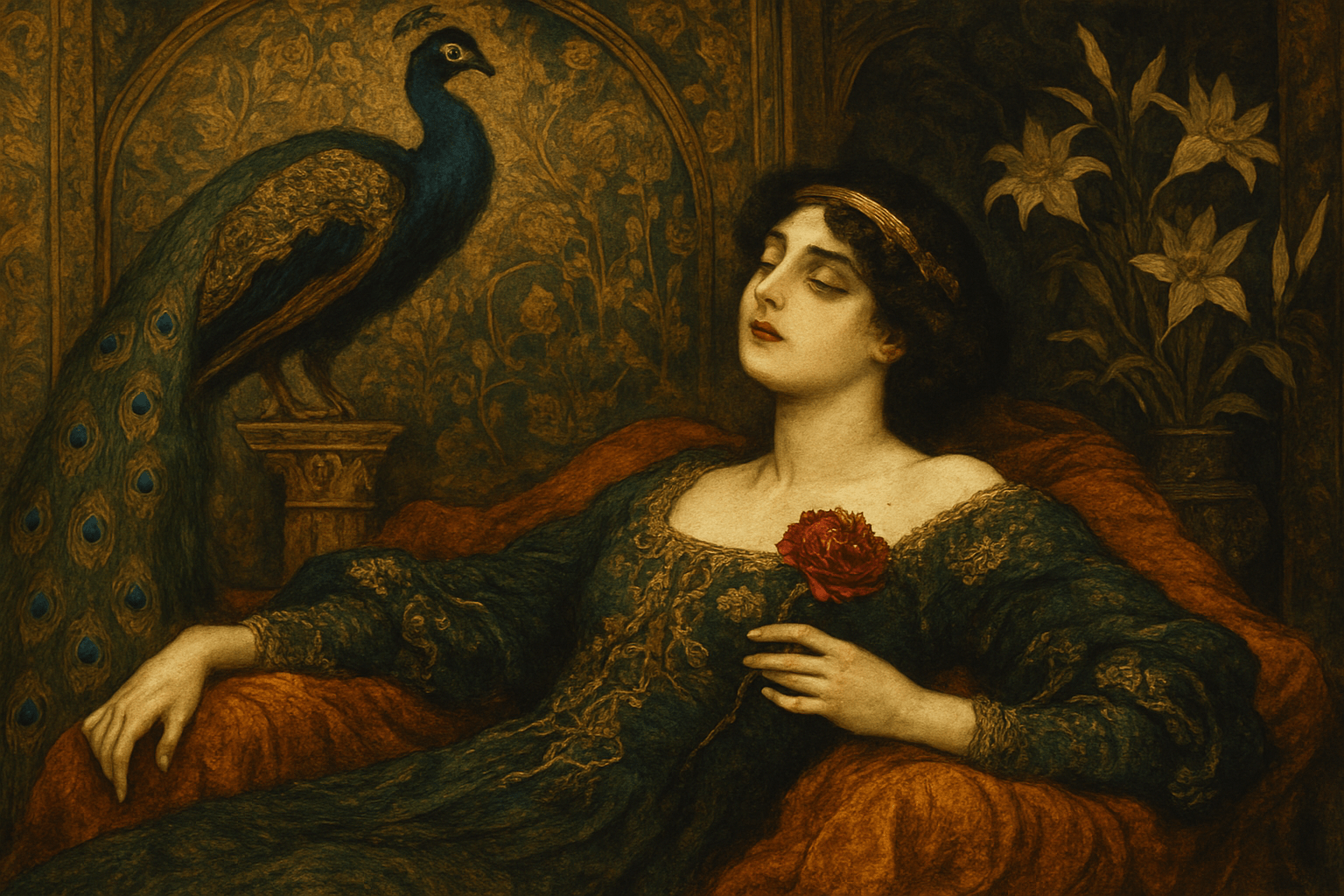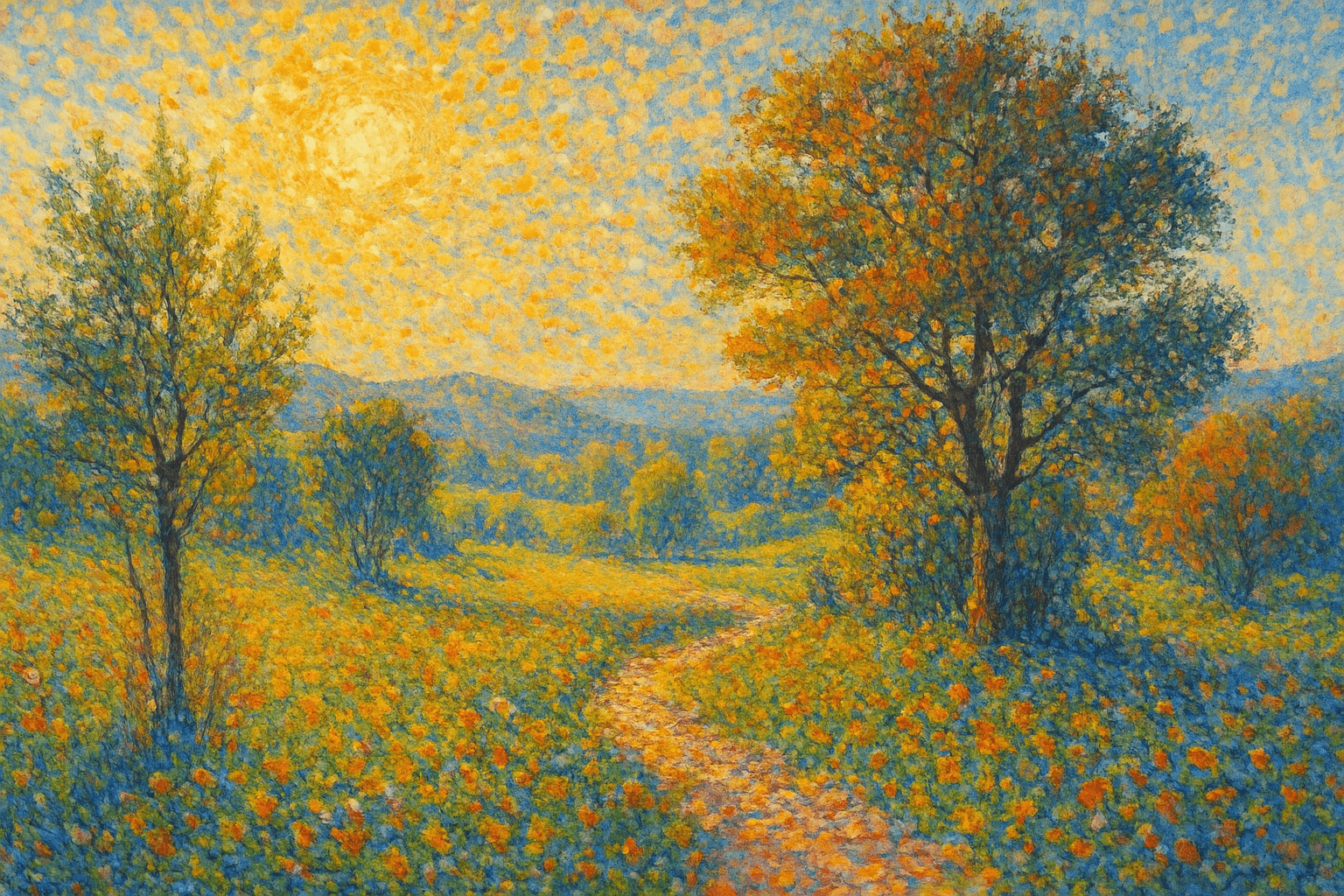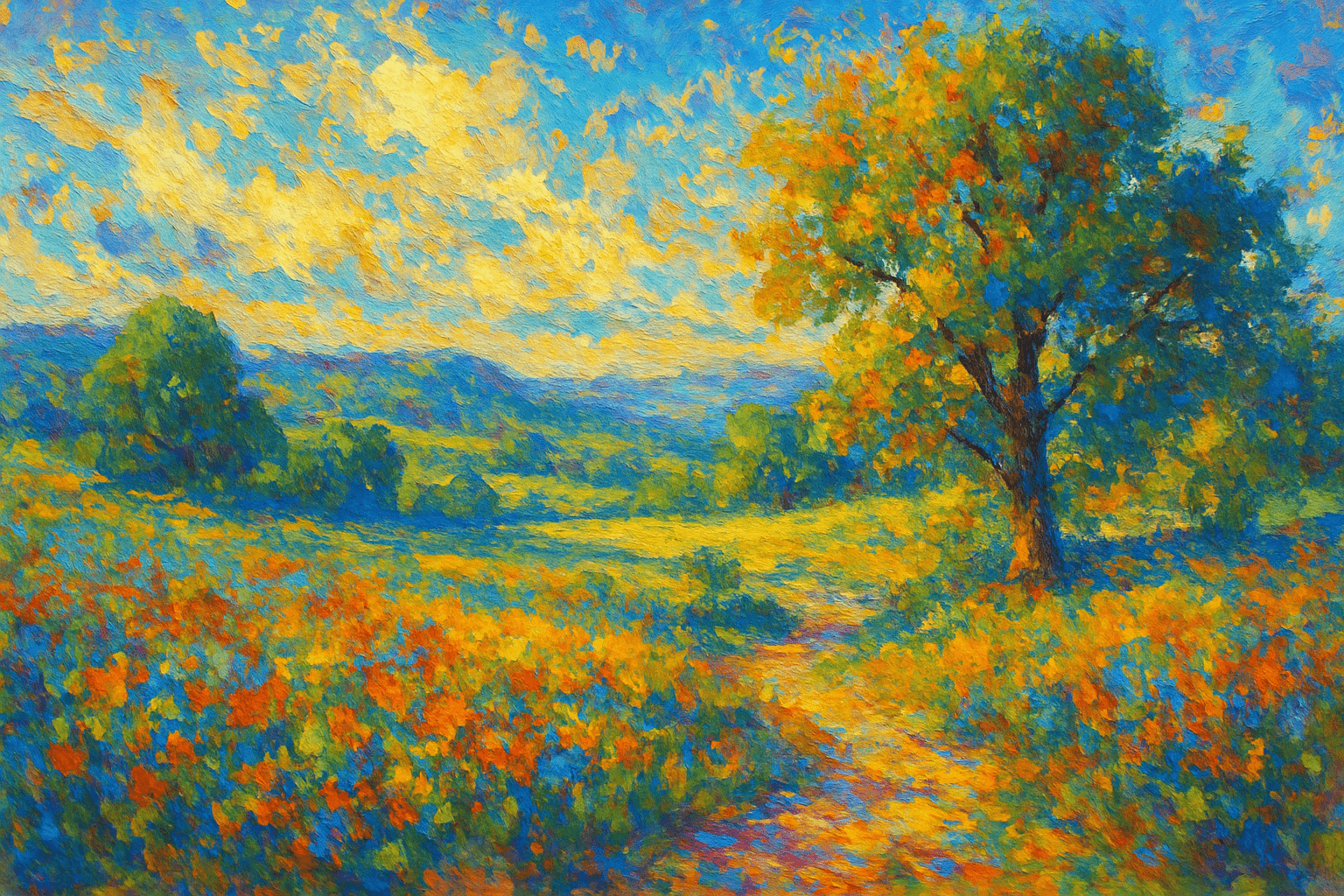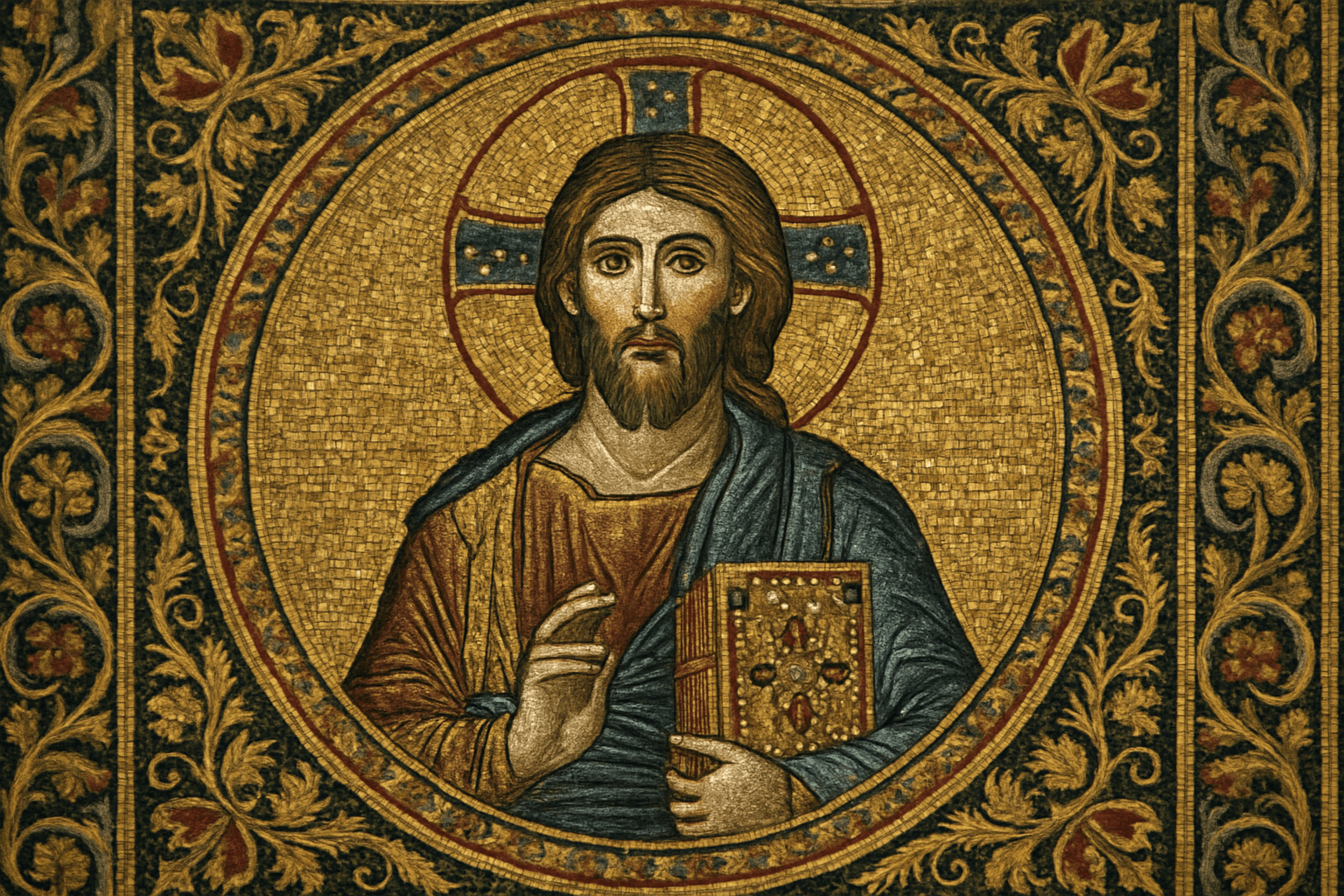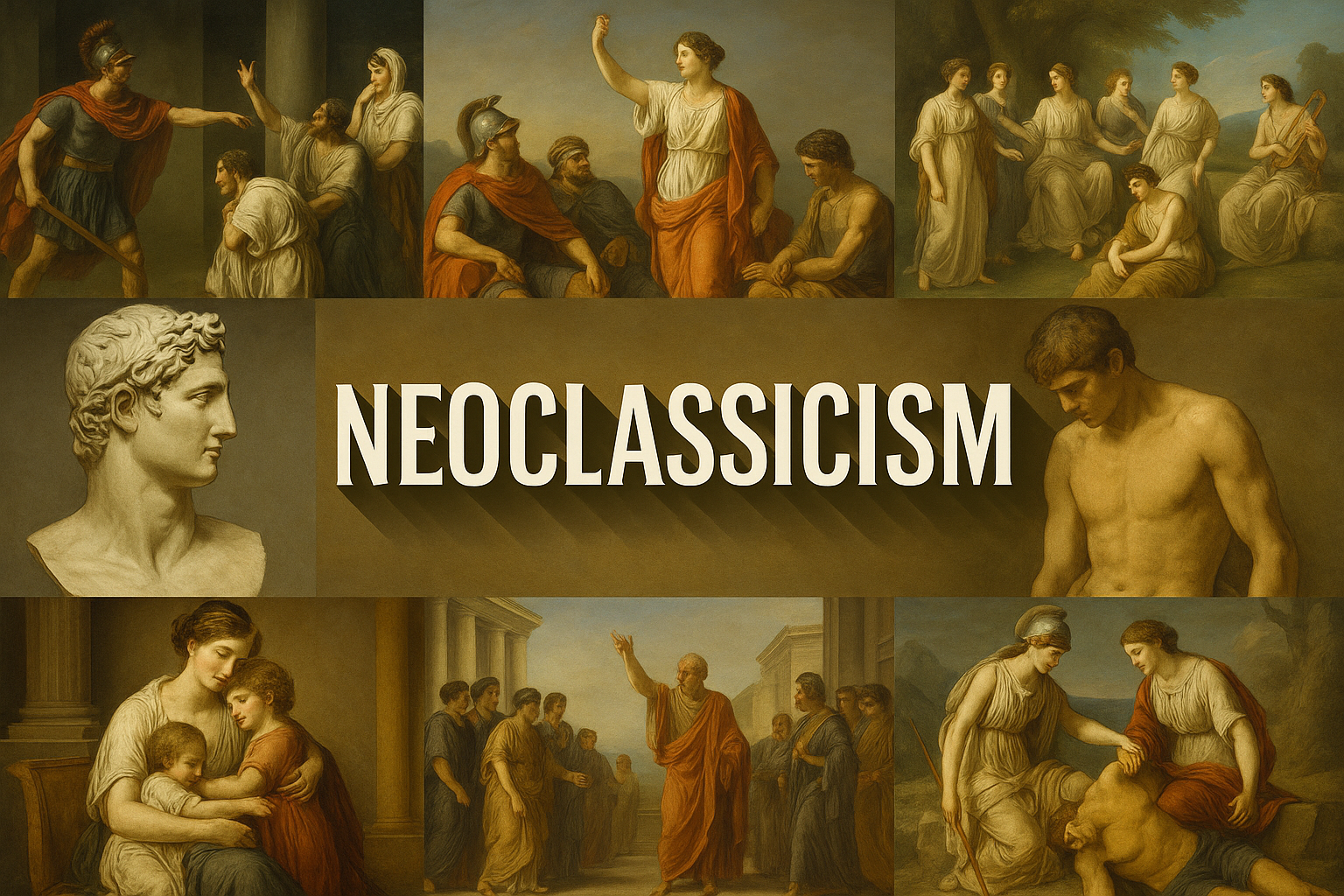
Neoclassicism
The art style Neoclassicism is characterized by its clean lines, simple forms, and muted colors. Neoclassical artists sought to revive the classical art of ancient Greece and Rome, and they often incorporated elements from those cultures into their work.
AOI thinking about Neoclassicism [+_~]-/
Overview and Quickfacts
Neoclassicism was a Western artistic movement that drew inspiration from the classical art and culture of ancient Greece and Rome. The movement reached its height in the late 18th century and early 19th century, when artists such as Jacques-Louis David, Jean-Auguste-Dominique Ingres, and Antonio Canova created works that were characterized by their clarity, simplicity, and orderliness. Neoclassicism was a reaction against the ornate and often chaotic style of the Rococo, which preceded it.
Can understand it also, as:
Neoclassicism can be described as a return to classical antiquity, or a revival of classical antiquity.
Categorize it as:
Impressionism, Modernism
.: Dreaming :.
holds a HAIKU for the art style
:. Thought is power .:
Detailed Description
Neoclassicism was a Western cultural movement in the late 18th and early 19th centuries. It drew its inspiration from the classical art and culture of ancient Greece and Rome. Neoclassicism was characterized by a return to the traditional values of order, symmetry, and balance. The Neoclassical movement was led by a group of French artists known as the AcadÃÂémie des Beaux-Arts. They advocated for a return to the classical ideals of beauty and harmony. Neoclassical artists such as Jacques-Louis David and Jean-Auguste-Dominique Ingres sought to revive the grandeur of Greek and Roman art. Some of the most famous Neoclassical paintings include David’s “The Death of Socrates” and Ingres’s “The ValpinÃÂçon Bather”. Neoclassicism also had a significant impact on architecture, with many buildings constructed in the Neoclassical style. The Neoclassical movement came to an end in the early 19th century, replaced by the Romantic movement.
.. beep, beep, beep ..
<START OF TRANSMISSION>
1. Neoclassicism was a Western cultural movement in the late 18th and early 19th centuries. 2. It was partly a reaction to the excesses of the Rococo style. 3. Neoclassicism was characterized by a return to the values of order and symmetry. 4. The movement was inspired by the art of ancient Greece and Rome. 5. Neoclassical artists sought to revive the idealized forms of classical art. 6. They believed in the power of art to convey moral and social messages. 7. Neoclassical artists often used classical mythology as a source of inspiration. 8. The Neoclassical style was applied to all forms of art, including painting, sculpture, architecture, and music. 9. The most famous Neoclassical artists include Jacques-Louis David, Antonio Canova, and John Flaxman. 10. The Neoclassical period is often considered to have ended with the death of Napoleon in 1815. 11. However, Neoclassical ideas continued to exert a powerful influence on artists throughout the 19th century. 12. Neoclassicism was one of the main influences on the development of the 19th-century art movements known as Romanticism and Realism. 13. Neoclassicism has also been described as the first truly international style of art. 14. It was adopted by artists all over Europe, as well as in the United States and Latin America. 15. Neoclassicism was a reaction against the ornate, excessive style of the Rococo period. 16. Rococo artists sought to create an art that was light, airy, and full of movement. 17. Neoclassical artists, in contrast, sought to create an art that was more serious and formal. 18. Neoclassicism was also influenced by the Age of Enlightenment, a philosophical movement that emphasized reason and individual rights. 19. The Neoclassical style was used in the design of public buildings such as museums, libraries, and government offices. 20. It was also used in the design of private homes, especially those of the wealthy upper class.
<EOF>
.. robbel bob
Visual Examples from our image gallery
Coming soon, we are so slow .. might never come
Artists, Paintings, and more
(be aware, can be highly speculative)
Artists (be aware, speculation possible):
1. William-Adolphe Bouguereau (1825-1905) 2. Jean-Auguste-Dominique Ingres (1780-1867) 3. Jacques-Louis David (1748-1825) 4. John Singleton Copley (1738-1815) 5. Benjamin West (1738-1820) 6. Thomas Gainsborough (1727-1788) 7. Joshua Reynolds (1723-1792) 8. Francisco Goya (1746-1828) 9. Jean-Baptiste Greuze (1725-1805) 10. Pompeo Batoni (1708-1787) 11. Angelica Kauffman (1741-1807) 12. Gavin Hamilton (1723-1798) 13. Anton Raphael Mengs (1728-1779) 14. Johan Tobias Sergel (1740-1814) 15. Joseph Wright of Derby (1734-1797) 16. Henry Fuseli (1741-1825) 17. Sir Joshua Reynolds (1723-1792) 18. John Flaxman (1755-1826) 19. Antonio Canova (1757-1822) 20. Jean-Antoine Houdon (1741-1828) 21. Bertel Thorvaldsen (1770-1844) 22. Anne-Louis Girodet de Roussy-Trioson (1767-1824) 23. Jean-LÃÂéon GÃÂérÃÂôme (1824-1904) 24. Frederic Leighton (1830-1896) 25. Lawrence Alma-Tadema (1836-1912) 26. Alexandre Cabanel (1823-1889) 27. Adolphe-William Bouguereau (1825-1905) 28. William-Adolphe Bouguereau (1825-1905) 29. Edward Poynter (1836-1919) 30. Albert Edward John Payne (1868-1940)
Artworks (be aware, speculation possible)
1. The Death of Socrates, 1787, Jacques-Louis David 2. The Oath of the Horatii, 1784, Jacques-Louis David 3. The Intervention of the Sabine Women, 1799, Jacques-Louis David 4. Napoleon Crossing the Alps, 1800, Jacques-Louis David 5. The Coronation of Napoleon, 1804, Jacques-Louis David 6. The Raft of the Medusa, 1819, ThÃÂéodore GÃÂéricault 7. The Hay Wagon, 1773, Jean-Baptiste-SimÃÂéon Chardin 8. The Breakfast, 1728, Jean-Baptiste-SimÃÂéon Chardin 9. The Young Schoolmistress, 1770, Jean-Baptiste Greuze 10. The Village Wedding, 1761, Jean-Baptiste Greuze 11. The Broken Pitcher, 1786, Jean-Baptiste Greuze 12. Portrait of Mme. Recamier, 1800, Jacques-Louis David 13. Portrait of Mme. RÃÂécamier, 1805, Ingres 14. La Grande Odalisque, 1814, Ingres 15. The Apotheosis of Homer, 1827, Ingres 16. Oedipus and the Sphinx, 1808, Ingres 17. The Death of Nelson, 1805, Benjamin West 18. The Death of General Wolfe, 1770, Benjamin West 19. The Landing of William III at Torbay, 1688, Benjamin West 20. The Death of Socrates, 1787, Jacques-Louis David 21. The Oath of the Horatii, 1784, Jacques-Louis David 22. The Intervention of the Sabine Women, 1799, Jacques-Louis David 23. Napoleon Crossing the Alps, 1800, Jacques-Louis David 24. The Coronation of Napoleon, 1804, Jacques-Louis David 25. The Raft of the Medusa, 1819, ThÃÂéodore GÃÂéricault 26. The Hay Wagon, 1773, Jean-Baptiste-SimÃÂéon Chardin 27. The Breakfast, 1728, Jean-Baptiste-SimÃÂéon Chardin 28. The Young Schoolmistress, 1770, Jean-Baptiste Greuze 29. The Village Wedding, 1761, Jean-Baptiste Greuze 30. The Broken Pitcher, 1786, Jean-Baptiste Greuze
Epoch
The time period of Neoclassicism was from the late 18th century to the early 19th century.
AI ART RESSOURCES (AKA, well Tools)
Helping tools -> predefined search links on other pages:
